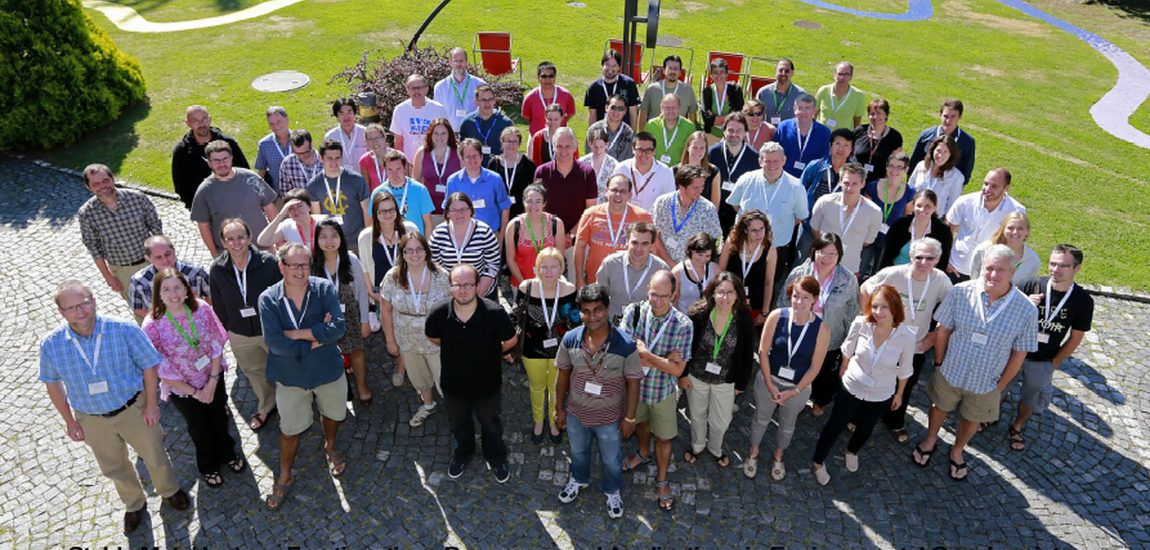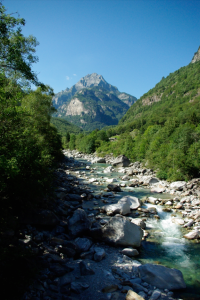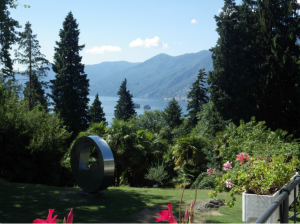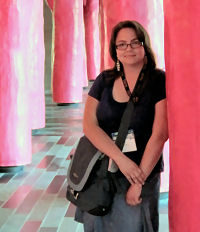
EnvironMetal Isotopes (EMI) 2013 – A ‘non-traditional’ location for a ‘non-CHONS’ conference
The Hill of Utopia, also known as Monte Verità, was a centre of naked healing light therapy in the early parts of the 20th century. In 1989, Monte Verità was turned into a scientific congress center between the Swiss Federal Institute of Technology (ETH) and the Centro Stefano Franscini (CSF). Monte Verità is located above Ascona, Switzerland, in Italian-speaking Canton Ticino, just south of the Swiss Alps. The town of Ascona is situated near the border of Switzerland and Italy on the shores of Lago Maggiore.

EMI2013, also known as the “International Conference on ‘Stable Metal Isotope Fractionation – Processes and Applications in Environmental Geochemistry’” was a busy weeklong conference with over 70 attendees from 19 different countries sharing research on 25 different isotope systems. As a sort of ‘Isotope Boot Camp,’ the conference week consisted of five days with several hours of lectures as well as two 2-hour long poster sessions. Beginning at 7:15am, and ending most nights at 9pm (following the post-dinner lecture), the participants enjoyed meals, presentations of cutting edge analytical, field and theoretical techniques, as well as fervent discussions at the CSF. Sharing meals and coffee breaks with fellow researchers was a great chance to meet and network with those working on projects similar to my own. Being given the opportunity to meet some of the leading ‘non-traditional’ (‘non-CHONS’ as suggested by the great Tom Bullen) stable isotope researchers was an invaluable experience. Working groups focused on data reporting and validation, standard reference materials, and relating field and modeling studies were also very helpful for reminding everyone of how important it is to “aim for the highest level of control possible.”
My own poster presentation, ‘Magnesium isotope cycling within Acer saccharum (sugar maple),’ was well received. It seemed as though the entire two-hour session was occupied with intense discussion as well as welcomed advice and suggestions. Although my project had some unanswered questions, I found that the results were especially interesting for not only those studying Mg isotopes, but also for researchers (both student and professional) studying biological cycling in other isotope systems.
The field excursion to Valle Verzasca was a welcome break from the rigors of the meeting. The crystal clear turquoise waters and polished boulders of Valle Verzasca, as cold as what you would expect from a mountain river, were a wonder to behold.
EMI2013 provided me the opportunity to make several vital connections with the leading researchers in my field. In addition, the submergence in cutting-edge isotope research reignited the motivation and curiosity that seemingly had diminished since beginning my PhD. This experience will certainly stick with me for years to come. Like studying a foreign language, complete immersion in ‘non-CHONS’ research is the best way to learn and retain that knowledge and I fully endorse attending future EMI conferences, especially for students. I sincerely thank the European Association of Geochemistry for providing me much needed financial assistance to attend EMI2013 and I hope that others may also benefit from the PhD student grant in future EnvironMetal Isotope conferences.

About the author:

Sara R. Worsham is currently a PhD candidate, under the direction of Chris Holmden, in the Saskatchewan Isotope Laboratory (SIL) at the University of Saskatchewan’s Department of Geological Sciences. The topics of her thesis research include applying magnesium isotopes as tracers in multiple systems including nutrient cycling, dolomite formation, and global ocean cycling.
